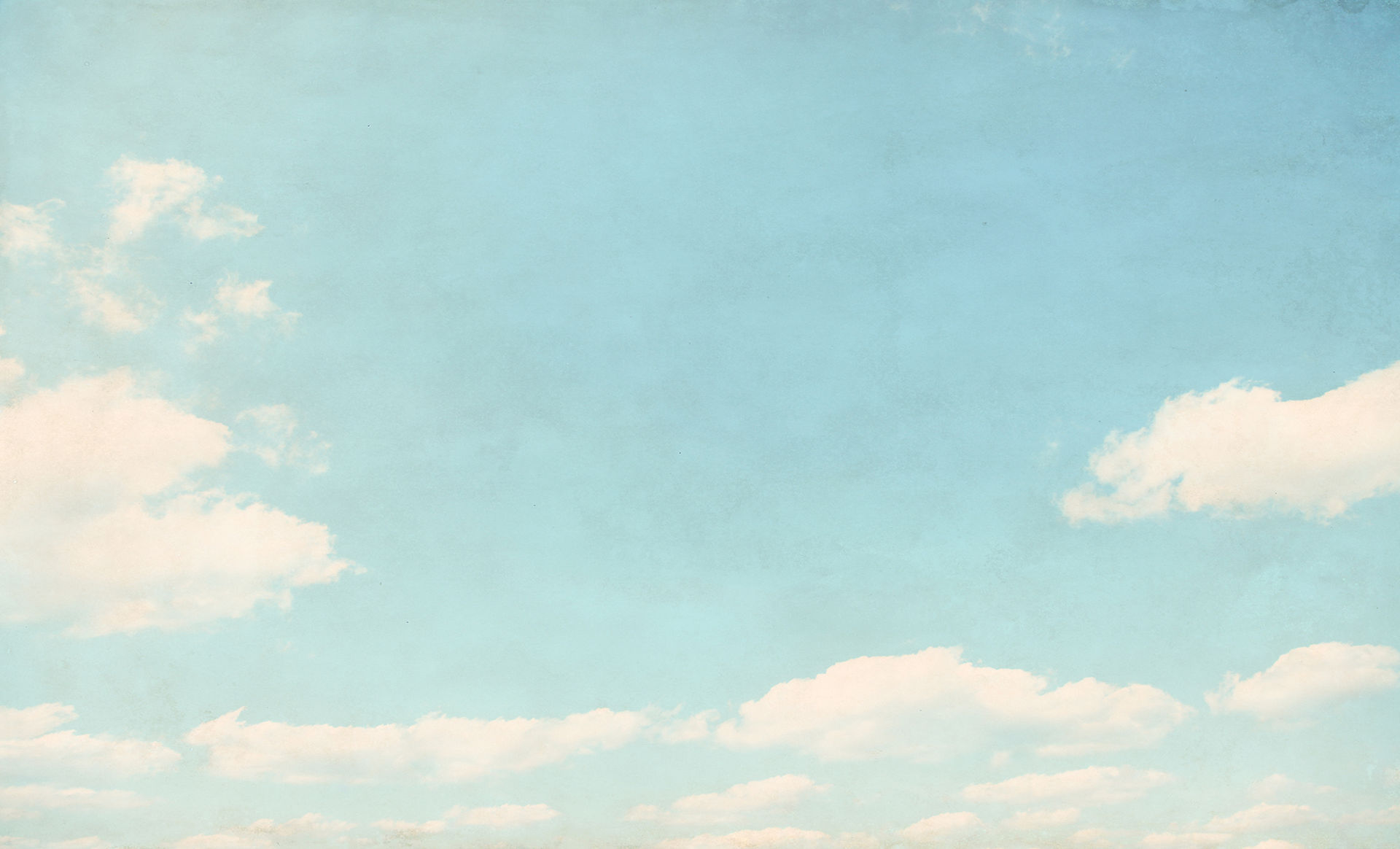top of page

The British Breed of Shropshire Sheep were one of the first breeds brought to Australia due to the high demand for the wool, Tasmania having large numbers in early settlement. www.rarebreedproject.com www.heritagesheep.org.au www.shropshiresheepassociationuk.com are good sites for information. The Fleece & Fibre Source Book by Deborah Robson & Carol Ekarius has excellent information and a very good reputation. The downfall of the Shropshire Sheep in Australia, was due to breeders cross breeding with other breeds resulting in wool literally, from the tip of the nose to the tip of the tail. Of course this brought about problems with "wool blindness" and "flystrike". Also overseas consumers complained about the large size of the carcass and wanted it smaller. So more breeding took place with the Southdown. These days it seems a lamb cannot be big enough. The wool is classed as short to medium. I sell fleece with the longer staple for spinners, or have it processed, and spin all the short fibre myself and have absolutely no problem in doing so. The micron is rated from 24 - 32.
As a breed, the Shropshire Sheep are very good natured, easy to look after. Hand feeding should only be done as a last resort, as this breed put on weight easily and can become overweight. Shade during summer is essential, due to the black points and the dense wool, Shropshire once being the most dense of the British Down Breeds. Winter is not a problem as Shrops survived the cold winters of the United Kingdom.
The original Shropshire was horned and came from the Shropshire, Welsh Borders. Known as the sheep from the "Long Mynd", being very long high hills. It is unknown what this original breed was, but with infusion of the Cotswald, Southdown and what was then known as the New Leicester, took place. Resulting in the current UK Shropshire. Australian breeders are now aiming for the clean face and legs .
NB: Shropshire Wool does not Wet Felt


bottom of page

